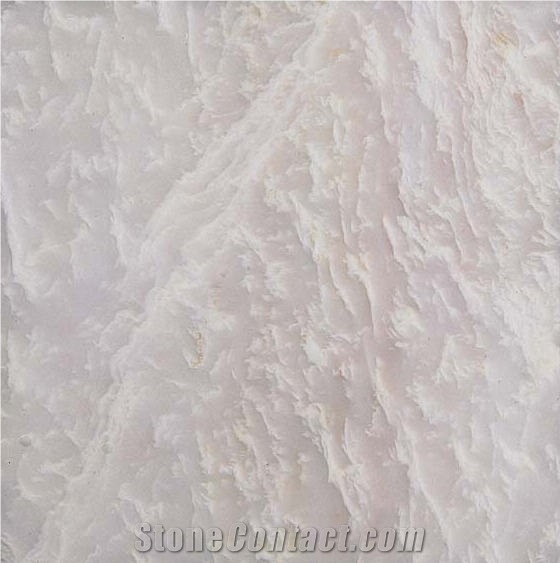Can Italy's Alabastro Bardiglio Alabaster be used exterior applications in cold climates?
Alabastro Bardiglio Alabaster is a type of Italian alabaster with a greyish-blue color and beautiful veining. While alabaster is generally a soft and fragile material, Alabastro Bardiglio is known for its higher durability and is often used for both interior and exterior applications.
However, when it comes to exterior use in cold climates, there are some considerations to take into account. Alabaster, including Alabastro Bardiglio, is a porous stone and can be vulnerable to moisture absorption and freezing temperatures.
In cold climates, the expansion and contraction of water as it freezes and thaws can cause damage to the stone. This can result in cracking, chipping, or deterioration over time. Additionally, prolonged exposure to freeze-thaw cycles can potentially compromise the structural integrity of the stone.
To mitigate these risks, it is essential to ensure proper installation techniques and maintenance practices. Here are some recommendations:
1. Sealant: Apply a high-quality sealant or impregnator specifically designed for alabaster. This will help reduce water absorption and protect against freeze-thaw damage.
2. Regular cleaning and maintenance: Keep the surface clean and free from debris and stains. Regularly inspect the stone for any signs of damage and address them promptly.
3. Protection from direct moisture exposure: Avoid installing Alabastro Bardiglio in areas where it will be directly exposed to excessive moisture, such as fountains or areas prone to heavy rain or snow accumulation.
4. Adequate drainage: Ensure proper drainage systems are in place to minimize water pooling and moisture contact with the alabaster.
Consulting with a professional stone supplier, installer, or architect familiar with the specifics of your climate is highly recommended before using Alabastro Bardiglio or any other alabaster in exterior applications in cold climates. They can provide personalized advice and guidance to ensure the best outcome for your project.
Alabastro Bardiglio Alabaster is a type of Italian alabaster with a greyish-blue color and beautiful veining. While alabaster is generally a soft and fragile material, Alabastro Bardiglio is known for its higher durability and is often used for both interior and exterior applications.
However, when it comes to exterior use in cold climates, there are some considerations to take into account. Alabaster, including Alabastro Bardiglio, is a porous stone and can be vulnerable to moisture absorption and freezing temperatures.
In cold climates, the expansion and contraction of water as it freezes and thaws can cause damage to the stone. This can result in cracking, chipping, or deterioration over time. Additionally, prolonged exposure to freeze-thaw cycles can potentially compromise the structural integrity of the stone.
To mitigate these risks, it is essential to ensure proper installation techniques and maintenance practices. Here are some recommendations:
1. Sealant: Apply a high-quality sealant or impregnator specifically designed for alabaster. This will help reduce water absorption and protect against freeze-thaw damage.
2. Regular cleaning and maintenance: Keep the surface clean and free from debris and stains. Regularly inspect the stone for any signs of damage and address them promptly.
3. Protection from direct moisture exposure: Avoid installing Alabastro Bardiglio in areas where it will be directly exposed to excessive moisture, such as fountains or areas prone to heavy rain or snow accumulation.
4. Adequate drainage: Ensure proper drainage systems are in place to minimize water pooling and moisture contact with the alabaster.
Consulting with a professional stone supplier, installer, or architect familiar with the specifics of your climate is highly recommended before using Alabastro Bardiglio or any other alabaster in exterior applications in cold climates. They can provide personalized advice and guidance to ensure the best outcome for your project.
 Italy
(Pomarance, Volterra, Provincia di Pisa, Toscana)
Italy
(Pomarance, Volterra, Provincia di Pisa, Toscana)











 China
China
 Verified Supplier is for prove company authenticity,including business license,trade license and effective office space,to enhance buyers' trust to suppliers and their products, reducing communication costs.
Verified Supplier is for prove company authenticity,including business license,trade license and effective office space,to enhance buyers' trust to suppliers and their products, reducing communication costs.






